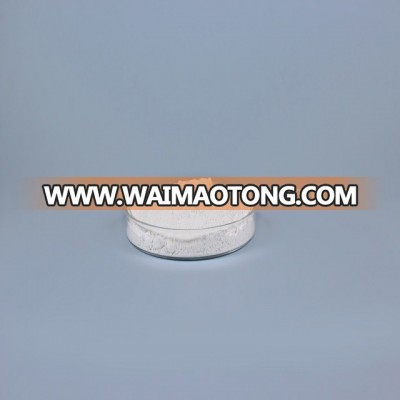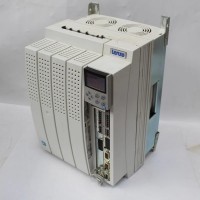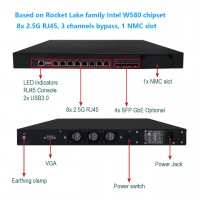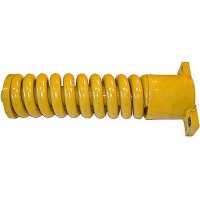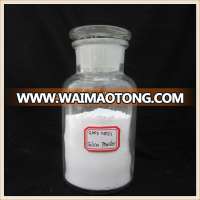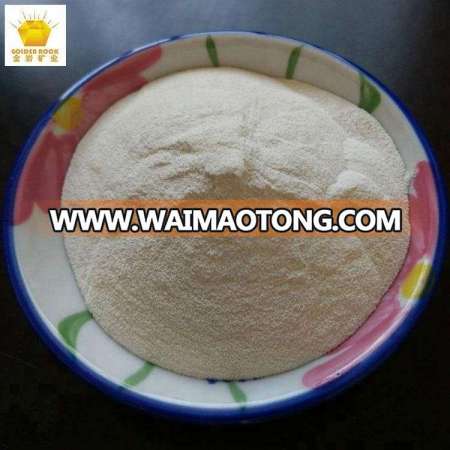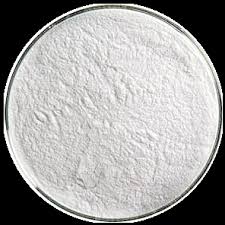
Nanoclays are clay minerals optimized for use in clay nanocomposites– multi-functional material systems with several property enhancements targeted for a particular application. Polymer-clay nanocomposites are an especially well-researched class of such materials. Nanoclays are a broad class of naturally occurring inorganic minerals, of which plate-like montmorillonite is the most commonly used in materials applications. Montmorillonite consists of ~ 1 nm thick aluminosilicate layers surface-substituted with metal cations and stacked in ~ 10 µm-sized multilayer stacks (Figure 1a). The stacks can be dispersed in a polymer matrix to form polymer-clay nanocomposite (Figure 1b). Within the nanocomposite, individual nm-thick clay layers are fully separated to form plate-like nanoparticles with very high (nm × µm) aspect ratio. Even at low nanoclay loading (a few weight %), the entire nanocomposite consists of interfacial polymer, with majority of polymer chains residing in close contact with the clay surface. This can dramatically alter properties of a nanocomposite compared to the pure polymer (Table 1). Potential benefits include increased mechanical strength, decreased gas permeability, superior flame-resistance, and even enhanced transparency when dispersed nanoclay plates suppress polymer crystallization.1-4 - See more at: #sthash.HxB2pgsK.dpuf
